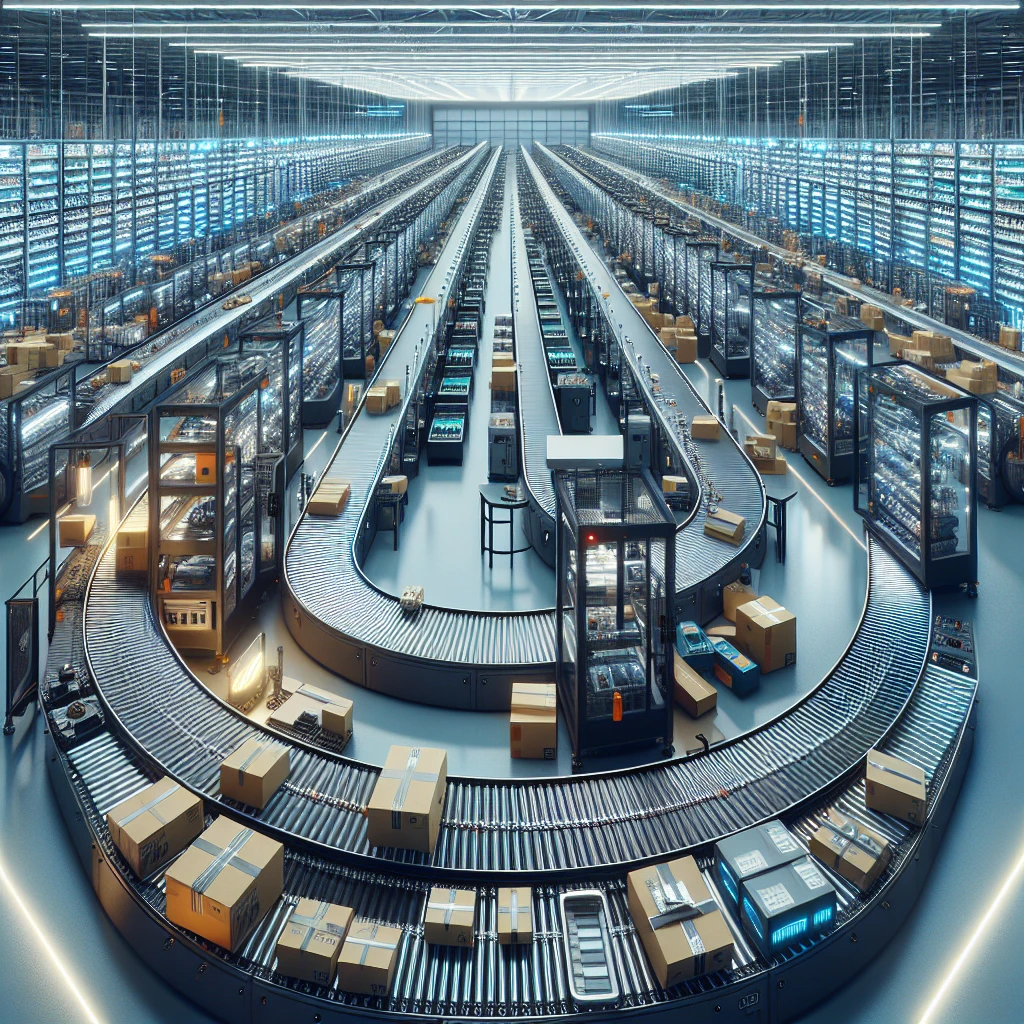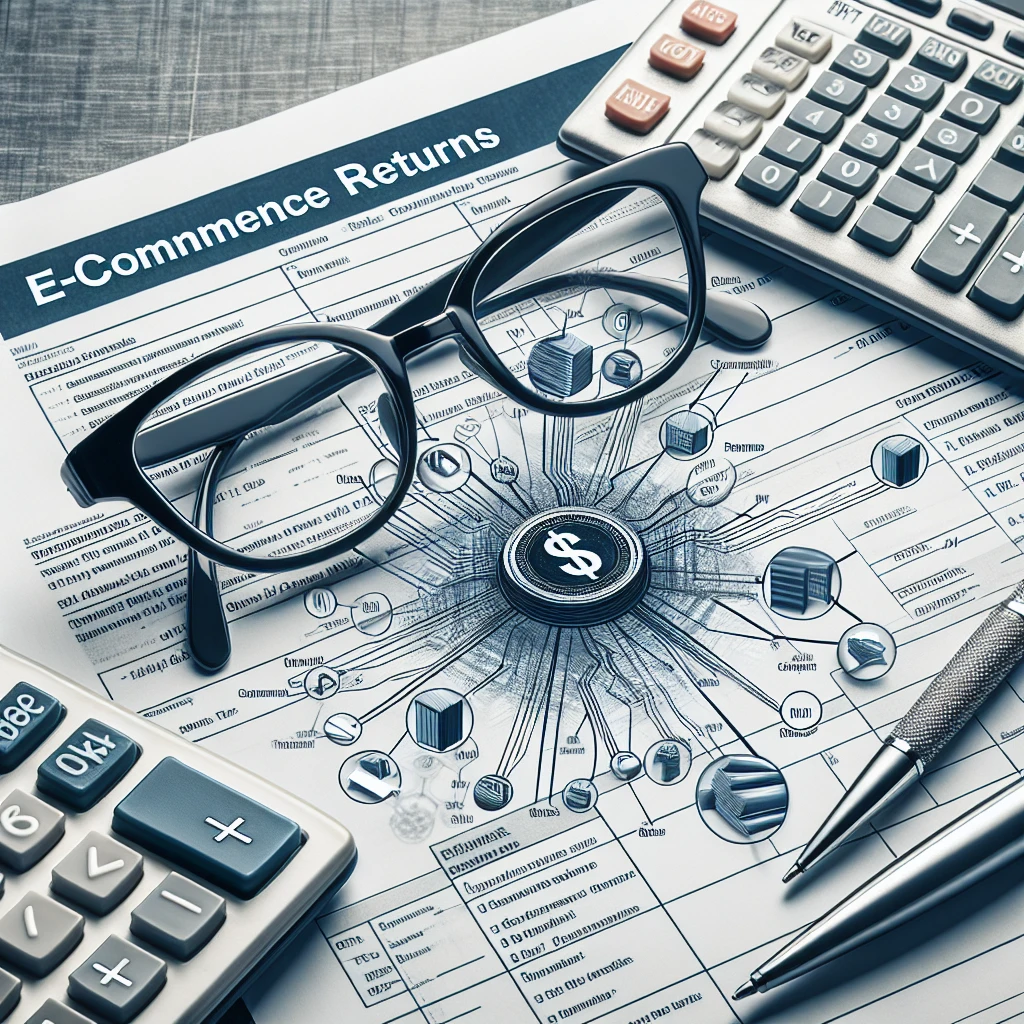Components of Reverse Logistics
Mastering the art of reverse logistics is pivotal for ecommerce businesses looking to enhance customer satisfaction and streamline their returns process. At its core, reverse logistics encompasses several key components, each playing a crucial role in managing the flow of returned goods. Firstly, there's the returns management system, which acts as the operational backbone, tracking and processing returns efficiently. Without it, handling the volume of ecommerce returns would be a logistical nightmare.
Then we have the inspection and sorting facilities, where returned items are assessed for quality and disposition. This step is critical; it determines whether products can be resold, refurbished, recycled, or disposed of, directly impacting the bottom line and sustainability efforts. Moreover, the transportation management aspect ensures that returned items move back through the supply chain with minimal cost and time delay.
Lastly, the data analytics component cannot be overlooked. By analyzing return patterns and customer feedback, businesses can glean insights that lead to improved products and services, potentially reducing future returns. This data-driven approach is essential for refining the reverse logistics strategy, which can also be seen in the context of financial implications, as detailed in the article on the financial impact of refunds on ecommerce businesses.
Each of these components must work in harmony to create a seamless returns experience. By doing so, ecommerce retailers not only save on costs but also build a reputation for excellent customer service, which in today's market, is priceless.

Technology's Role in Streamlining Returns
In the dynamic world of ecommerce, the ability to swiftly and efficiently manage returns is not just an operational necessity; it's a competitive advantage. Technology plays a pivotal role in streamlining this aspect of reverse logistics, turning potential losses into opportunities for customer satisfaction and retention.
Let's delve into how technology can be leveraged to enhance the efficiency of reverse logistics:
- Automated Returns Management Systems (RMS): These systems are the linchpin of a streamlined returns process. By automating tasks such as return merchandise authorization (RMA), label generation, and refund processing, RMS reduces manual errors and speeds up the returns process. This efficiency not only saves time but also helps maintain a positive customer relationship.
- Integrated Transportation Management: Advanced software can optimize the routing of returned items, ensuring they are moved back through the supply chain in the most cost-effective manner. This integration can lead to significant savings in shipping costs and improve the overall speed of the returns process.
- Data Analytics and AI: By employing data analytics, ecommerce businesses can identify patterns in returns, which can inform product improvements and reduce future return rates. AI-driven tools can also predict which returned items are most likely to be resold, guiding decisions on restocking or liquidating products.
- Customer Self-Service Portals: Empowering customers with self-service options for initiating returns can significantly enhance the user experience. These portals often include features such as easy-to-navigate interfaces, instant RMA issuance, and transparent tracking of the return process, fostering trust and loyalty.
Moreover, technology's role in reverse logistics is not just about efficiency; it's also about analyzing the tax implications and maintaining accurate financial records. Sophisticated RMS can integrate with accounting systems, ensuring that every return is reflected in the financial statements, which is crucial for accurate revenue tracking and tax compliance.
In conclusion, embracing technology in reverse logistics is not an option but a necessity for ecommerce businesses aiming to thrive in the modern marketplace. It's a strategic investment that pays dividends in customer satisfaction, operational efficiency, and financial accuracy. By mastering the art of reverse logistics, retailers can turn the challenge of returns into a testament of their commitment to excellence.
Sustainability in Reverse Logistics
As we navigate the complexities of reverse logistics, sustainability emerges as a non-negotiable pillar. It's not just about reducing costs and enhancing customer satisfaction anymore; it's about doing so responsibly. Sustainable reverse logistics is the art of balancing economic viability with environmental stewardship, and here's why it matters.
Firstly, the environmental impact of returns is staggering. From excess packaging materials to the carbon footprint of shipping products back and forth, the reverse supply chain can be a major pollutant. By implementing eco-friendly practices, businesses can significantly reduce their environmental impact. Here are some actionable strategies:
- Opt for Biodegradable or Recycled Packaging: Switching to sustainable packaging materials can drastically cut down waste. Consider using biodegradable peanuts or recycled cardboard to minimize your ecological footprint.
- Implement a Green Returns Policy: Encourage customers to return products in a way that's environmentally friendly. For instance, consolidating returns to reduce shipping trips, or suggesting in-store returns to eliminate shipping altogether.
- Refurbish and Resell: Instead of discarding returned items, refurbishing and reselling them can give products a second life, reducing waste and recapturing value.
- Donate or Recycle Non-sellable Returns: For items that can't be resold, partnering with recycling programs or donating to charity can be a sustainable alternative to landfill disposal.
But sustainability in reverse logistics isn't just an environmental issue; it's a financial one, too. A study on the financial impact of refunds on ecommerce businesses shows that sustainable practices can lead to cost savings in the long run. By reducing waste, you're not only helping the planet but also your bottom line.
Moreover, consumers are increasingly eco-conscious, and they're watching how businesses handle returns. A sustainable approach can bolster your brand's image, foster customer loyalty, and potentially attract a new segment of environmentally aware shoppers.
In conclusion, mastering the art of reverse logistics is incomplete without embedding sustainability into its core. By adopting eco-friendly practices, ecommerce businesses can not only mitigate their environmental impact but also enhance their financial health and brand reputation. It's a triple win that's well worth the investment.






